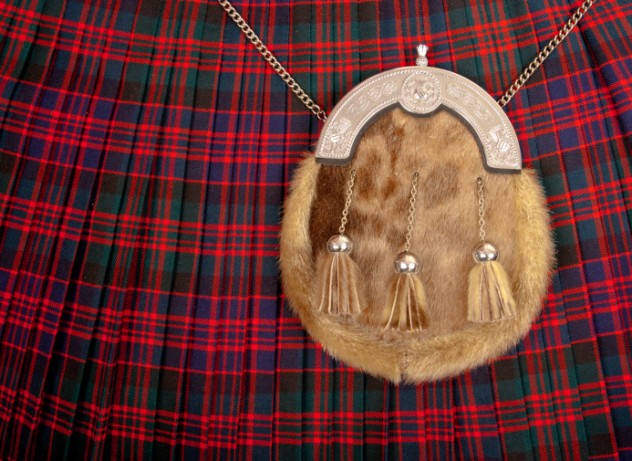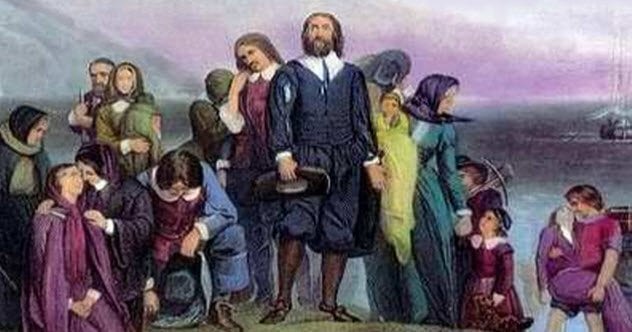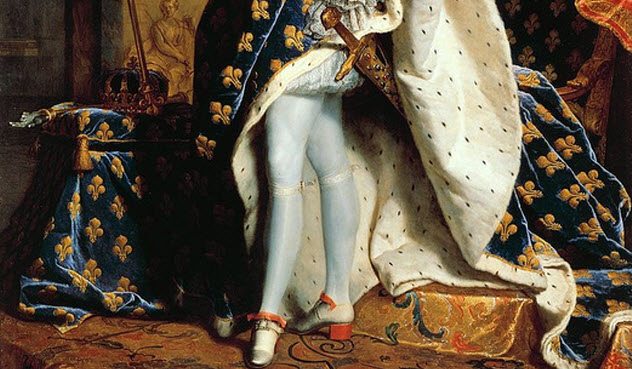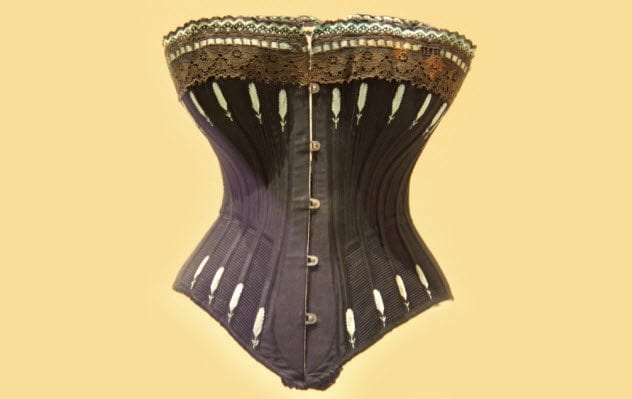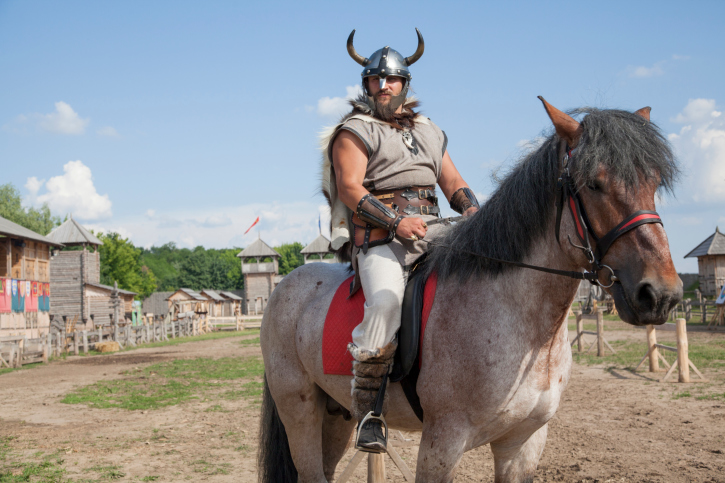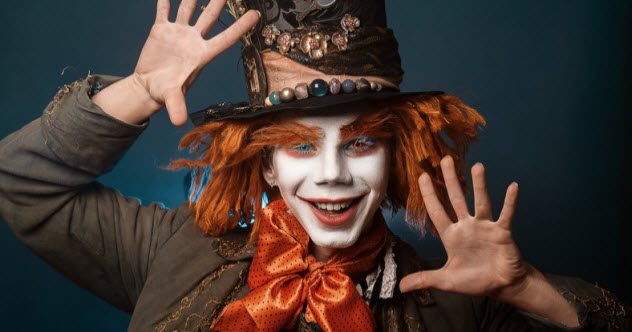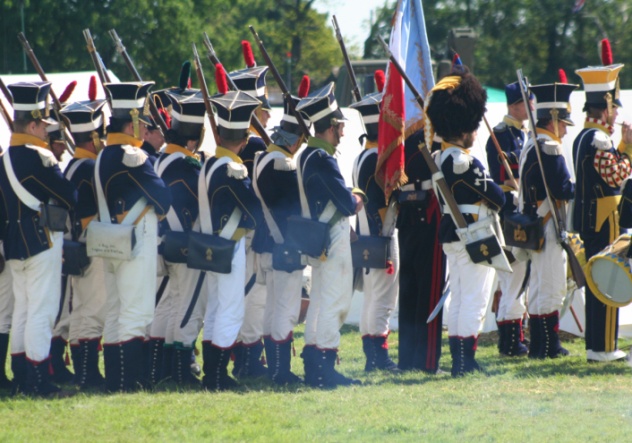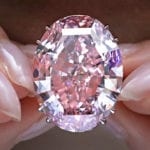From uniforms through armour to daily fashion, it’s a field packed with misconceptions, ten of which will be addressed here today. 10 Common Articles Of Clothing And Their Origins
10 Skirts—Unisex
Skirts, while perhaps not at their peak of popularity today, are still a large cornerstone of primarily women’s fashion as of this writing. In certain cultures and communities it’s still accepted for men to wear them, though this is something that’s currently viewed as unacceptable or at least strange by the majority of people in Western society regardless. What these individuals perhaps don’t know, however, is that skirts used to be a traditional example of unisex attire. Yes, you’ve read that correctly! Like many of the clothes we put into specifically masculine or feminine categories today, skirts and their predecessors started out as specifically unisex. Of these, only kilts remain widely known in society, but the majority of ancient countries and civilisations have examples of unisex skirts, from certain styles of Greek togas to traditional Albanian attire and more. The origin of this iconic piece of clothing is thought to be from Ancient Egypt, as many other inventions and pieces of attire we know today. Additionally, in Ancient Egypt as well, it was more common for men to wear them due to their relative ease of movement and airy quality that lent itself particularly well to Egypt’s climate, while women typically preferred dresses.
9 Pilgrim Clothing—Varied And Colourful
Typically envisioned as black and featuring metal buckles, the archetypal Pilgrims’ clothing features long, white collars and the above mentioned clear identifiers. That is, that’s what we’ve seen in media, and, by extension, what many of us accepted as truth. The actual reality, however, is that all of those traits were mainly an identifier of famous Pilgrim figures, not the average Pilgrim men and their traditions and attire. They wore a variety of colours, from muted to bright, while black remained a relatively uncommon sight, certainly compared to what many of us would expect, at least. Linen clothing, loose gowns, knitted fabrics, waistcoats, and a plethora of styles are true traits of the era. Men wore leather boots and tightly fitting clothes, women ankle-length dresses and plenty of lace, while children, regardless of sex, were actually often wearing dress-like garments. While sex-specific clothing certainly existed in the past, as we can clearly see in plenty of historical examples, some were simply unisex due to highly practical reasons such as temperature or ease of manufacturing, alongside the lesser focus on fashion and aesthetics among the majority of people in general.
8 High Heels—Men’s Shoes
Not quite unisex in this case, as you’ve—yes, correctly—read the title, high heels, these distinctively feminine, sophisticated pieces of footwear were actually specifically associated with men for much of history. Their origin dates back to the 10th century and were actually first used for military applications due to their practicality for Persian cavalry. Since then, high heels have become a symbol of stature and a refined, archetypally upper class fashion choice. In the past, however, even after the Persian “killer heels” were but one of these shoes’ applications, heels remained recognisable as men’s footwear as recently and prodigiously as in the French aristocracy from only a few centuries ago. Men’s fashion of the time placed a heavy emphasis on legs and feet, and as such, high heels only became associated with women relatively recently, as strong as that association may be in our culture today.
7 Corsets—False Controversy?
Corsets, an article of clothing widely considered to be controversial and an example of the pressure more financially and socially fortunate women historically had to deal with in pursuit of the beauty standards of the time. This idea, while completely accepted by many, is not a flawless one, though not one that’s completely unfounded either. While it is certainly true that the, one can easily argue, toxic standards of the time made corsets as popular among all but lower class women as they had been, that seems to be more indirect than many would assume. As this piece of attire is making a modern comeback with the rise of certain recent fashion trends, the frequent claims of its physical harm seems to be overstated when used reasonably. Some look into historical records also suggests that the majority of women wore corsets entirely by their own choice, and, once again, these controversial garments are another thing men historically indulged in as well, albeit in a more restrained fashion.
6 Viking Helmets—Horns Are A Lie
The image of horns on viking helmets is one of the most iconic historical images one could conjure up, and it’s likely the one most would point to when asked to describe a viking warrior. As compelling and archetypal as this is, however, the truth is unfortunately a lot less exciting. As it stands today, there’s no evidence that horned viking helmets were at all used in combat, to the contrary, in fact, nearly all helmets recovered have no such appendages. Makes sense, when one considers the hindrance it would be in battle, potentially dangerous and ultimately impractical. There is some evidence, however, that horned helmets may have been used for ceremonies and decorative purposes, with a Norwegian tapestry and a few other pieces of historical records depicting such a thing.
5 Dresses—Staple Clothing in History
Another piece of attire originally worn by both sexes, dresses, just like skirts, are currently exclusively linked to women by most of western society. These loose and delicate garments, however, have a long, varied, and fascinating history, versions of them worn by nearly every type of person from all different eras and civilisations before us. Historical accounts of dresses reach back as far as condensed civilisation itself, a number of writings and illustrations originating from ancient Mesopotamia, Egypt, China, and more. While they’re largely seen as an aesthetic choice today, dresses in history were favoured for their practicality and were as commonly worn as shirts are today from commoners to royalty and even military. These simple, airy fabrics were easy to make and were particularly forgiving in hot climates, though people in colder climates generally preferred the tight fit clothing we know and wear today.
4 Rib Removal Surgery
Another deeply controversial subject in relation to women’s fashion in history, rib removal surgery, as the name quite aptly describes, is the process of the surgical removal of ribs, typically to achieve a slimmer, more curvy figure. While it would be a strange albeit acceptable choice for one to make on their own, as the controversy goes, it has been an accepted fact in many circles that women, historically, were frequently pressured into having their ribs removed to fit the beauty standards of the time. While it’s not entirely unbelievable given the context and practices of the time, there’s little to no evidence to suggest that it was a real practice at all. With no clear records to suggest its existence and the simple logic hinting at such a thing being highly dangerous with the practices of the time, this now certainly real procedure seems to be a modern invention.
3 Mad As A Hatter / Mercury In Hats
The historical usage of mercury in hats was certainly a less than wonderful idea, though a frequently repeated bit of historical trivia suggests it may have been worse than it actually was. “Mad as a hatter” or “mad hatter” is a well-known figure of speech, but, even though the phrasing is quite straightforward, its origins have become muddled over time. It’s a popular misconception that people who frequently wore these hats suffered from a wide array of mental illnesses and eventually ‘went insane’ due to mercury’s notorious toxicity. The truth, in fact, is a little different though. As it stands, there’s no concrete evidence to suggest that mercury significantly affected the mental health of the vast majority of people who wore hats containing it, an extremely large crowd at the time. What there is evidence of, however, is that it severely affected hatmakers, or ‘hatters’, making it a dangerous and deeply unhealthy profession at the time, a fact often unknown as the misunderstanding of the common phrase’s origins stay widespread.
2 Wigs
Wigs have a strange yet fascinating history most of us don’t quite grasp. They are much older, for one, than many realise, as they were already extremely popular in Ancient Egypt, again, for both men and women. Dating back to thousands of years ago, they certainly had a reason for the beginning of their popularity being in the hottest areas of the world. In Ancient Egypt, it was largely too hot before air conditioning and better housing for hair to be practical for most, and thus, many preferred to shave their heads bald while wearing ornate, beautifully crafted wigs for ceremonies and formal events. Much more recently, though still relatively far in the past, we begun associating wigs with the men of colonial America. Powdered wigs became a stereotype of the time, though that’s a bit misguided as well. While wigs were relatively popular, they were meant to signify class, power, and sometimes political leaning. The notion that ‘all colonial men wore wigs’ is false, as progressives of the time were less likely to be bound to them while conservatives preferred them for their perceived traditional, dignified nature, and many common working class people could simply not afford them.
1 Military Uniforms
Our collective knowledge of historical military uniforms, in general, is quite misguided. Another widespread and shockingly massive set of misconceptions spread largely by Hollywood and mainstream media, the iconic, frequently marketed depictions we see in popculture may not actually reflect true history at all. Many of us think of these clothes as colourful, more reminiscent of stylish uniforms than the practical military attire we know today. That, however, would also largely be a misconception. While it is true that, historically, military uniforms were more colourful than what we see today, the examples we often find in mainstream media are largely exaggerated. While the stark reds, tall hats, and decorated collars were present on some, trends across multiple countries including the United States were a lot closer to dark blues, greys, and olive tones and a far more practical style than the flashy things that look good on television. Top 10 Eerie Items of Clothing from the Past About The Author: Just a curious person interested in all things history, science, mysteries, misconceptions, and the spooky and paranormal.
